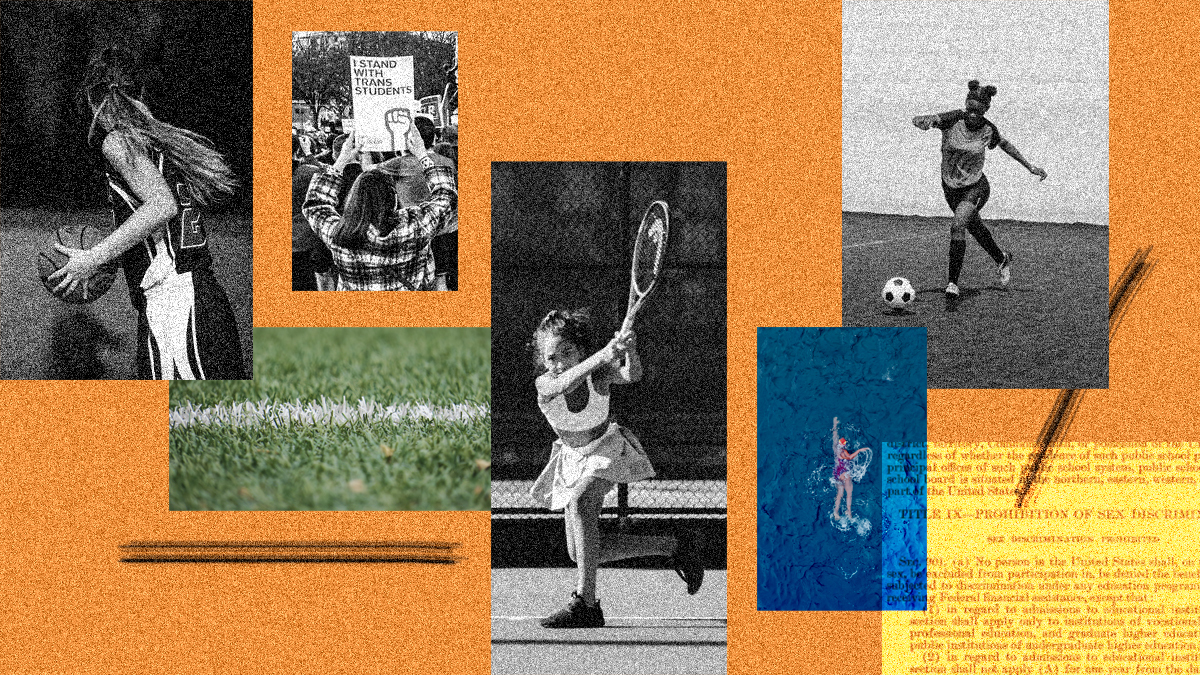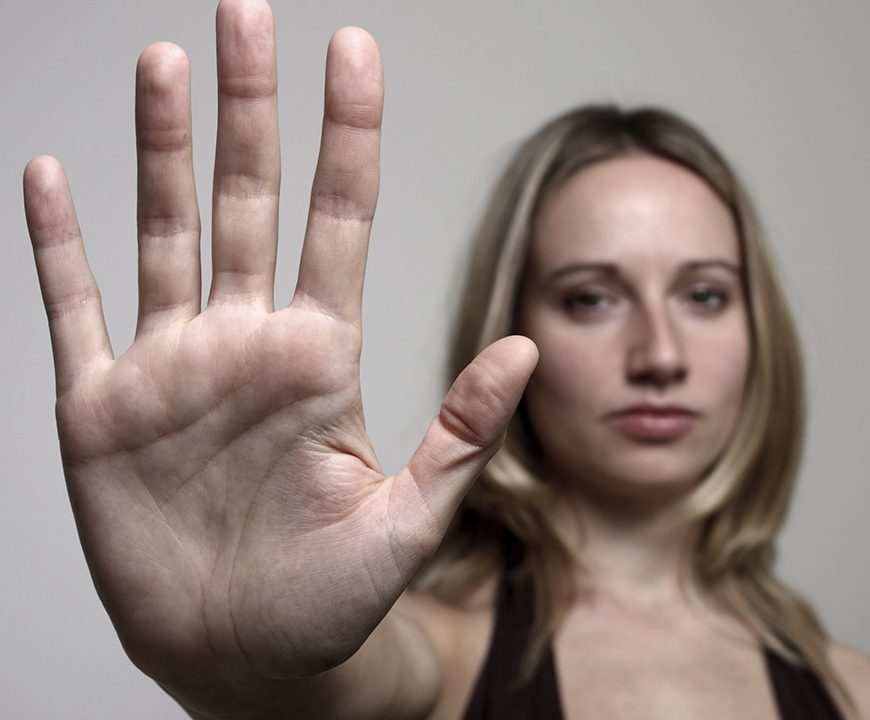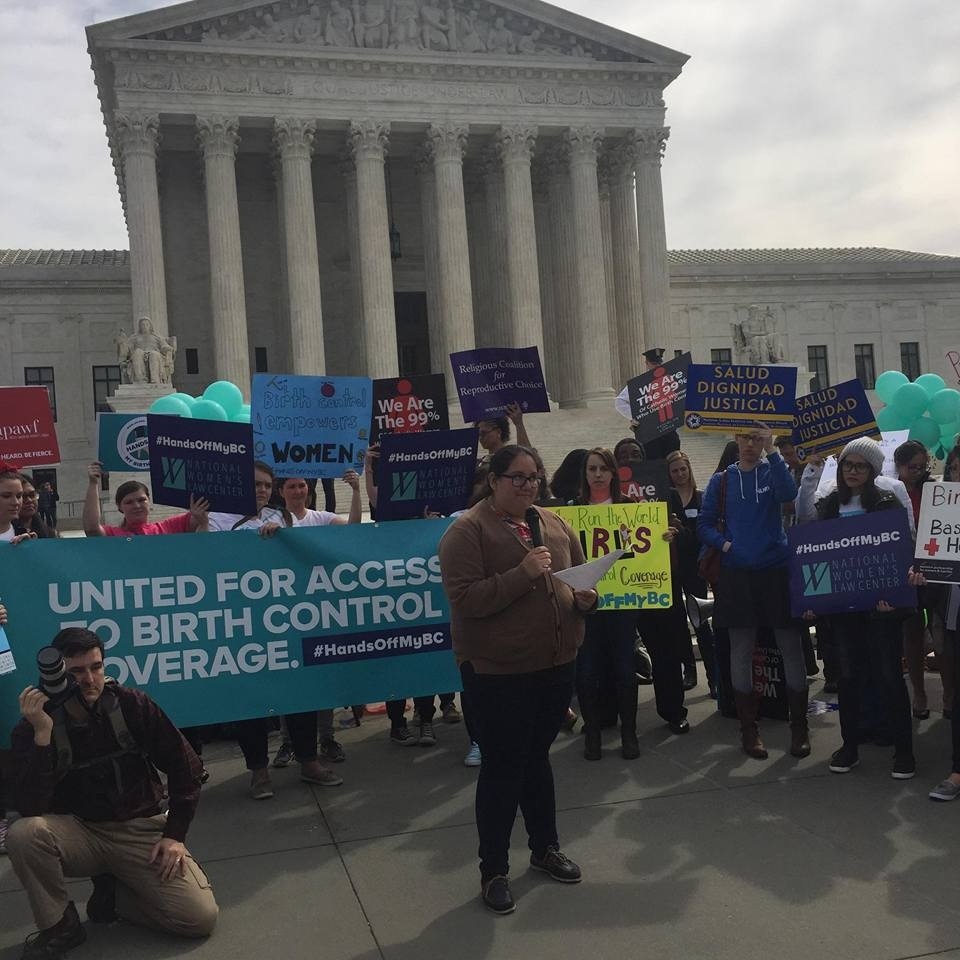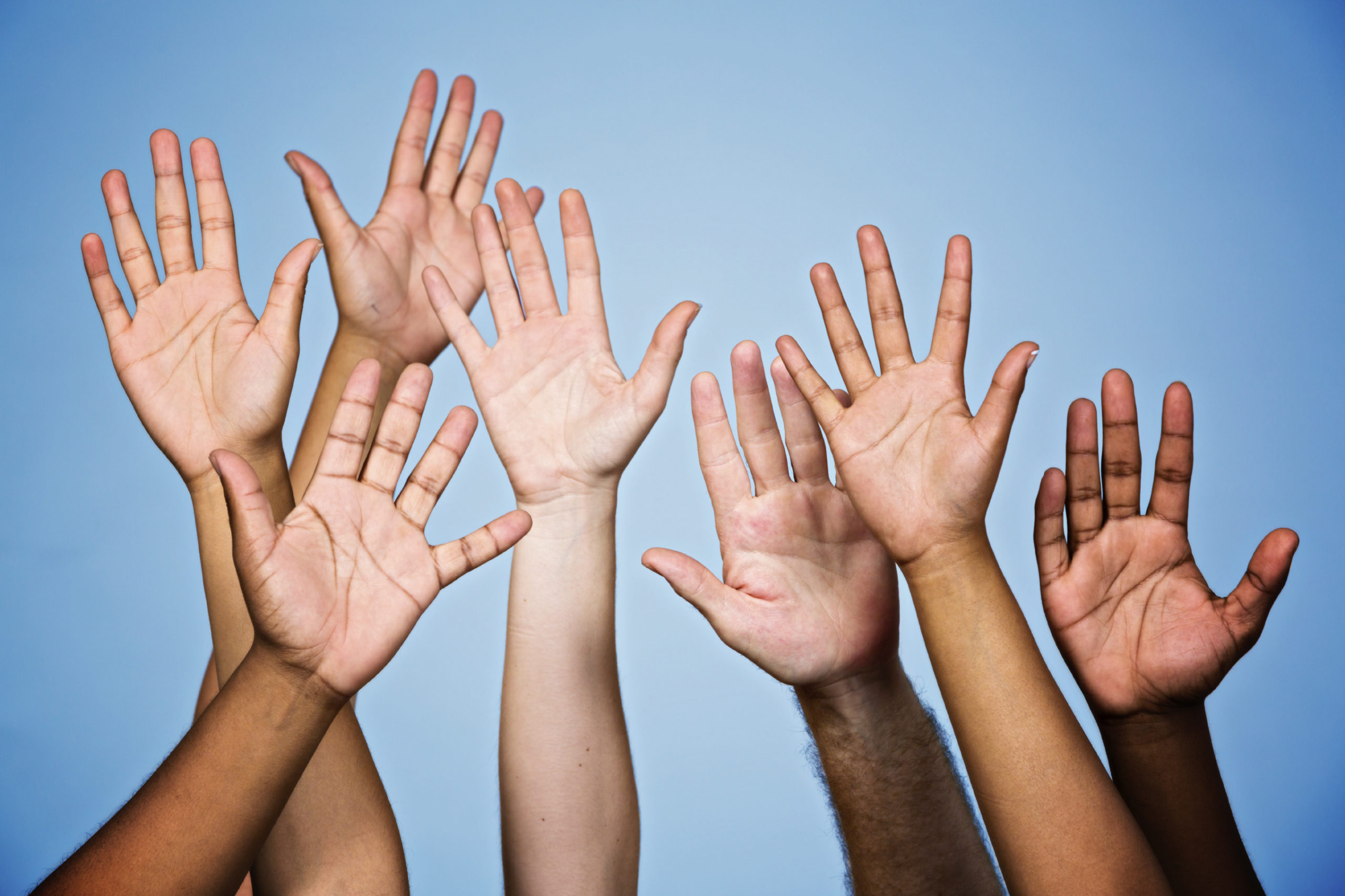Trans Athletes Aren’t The Problem—These Are The Issues Actually Harming Women’s Sports

Since the start of his second term, Trump and some Congressional Republicans have waged war on trans women in sports under the false pretense of “protecting women.” Not only are they wrong, because trans women don’t pose a threat to cis women in sports, but these same voices are ignoring all the issues that are truly hurting female athletes.
From less media coverage and lower pay to long-term harassment and abuse, female athletes are still fighting an uphill battle, even 53 years after Title IX was enacted. So, rather than spending time, energy, and resources attacking trans women, here’s a comprehensive list of issues lawmakers can, and should, tackle to actually protect and support female athletes.
Racism and Racial Inequities
While fighting their way to the All-Stars, athletes are also fighting the racism that runs rampant in women’s sports. Take Angel Reese and Caitlin Clark, two of the WNBA’s most popular players, who have been friendly rivals since their days of college basketball. Reese, who is Black, continuously faces severe backlash and racism for the same competitive play as Clark, who is white. While Clark is described as competitive, Reese has been labeled as “classless” and a “thug” (a classic racist and sexist stereotype).
- Last year, WNBA player A’ja Wilson noted she sometimes hates being herself because of all the racism she’s endured as a player.
- Black and brown women have historically faced many more false accusations of being male or transgender, subjecting these athletes to higher rates of harassment and intrusive sex testing than their white peers.
- Overall, women of color are underrepresented in sport: 43% of NCAA athletes are women, but only 5% are Black women and 10% are women who are neither Black nor white (these are the categories the NCAA uses, which don’t provide specific information for Latina, AANHPI, or Native American players). The same goes for leadership—Only 5% of NCAA coaches and 5% of NCAA athletic directors are women of color.
- This underrepresentation occurs for many reasons, including racial economic inequities, a lack of representation in media and leadership, and a stark opportunity gap: a NWLC report found that heavily white schools have almost double the sports opportunities as heavily nonwhite schools.
The Wage Gap
Within the sports industry, the wage gap is still alive and unwell. As the No. 1 pick in the 2024 WNBA draft, Caitlin Clark’s four-year contract offered over $49 million less than the No. 1 male draft pick for the same length of time. Male basketball players are paid a higher percentage of their league’s revenue, even after controlling for the difference in NBA/WNBA revenue. And no, Harold, the wage gap does not exist simply because men’s teams simply make more money (we knew you were going to say that). Women’s teams generally make less profit because they’ve been around for less time (due to misogyny); are less watched (due to misogyny); and receive less ad dollars and investment (also due to misogyny).
- No women made the 2025 Forbes list of the highest paid athletes in the world (which is to be expected when the highest paid female athlete made $240 million less than the highest paid male athlete last year).
- When Spain won the FIFA Women’s World Cup in 2023, they won $150 million—one third of the $440 million awarded to the men’s tournament winners in 2022.
- With lower pay, female athletes rely more on sponsorship deals and endorsements for their total earnings. Yet, women receive only 10% of professional sports partnership dollars.
- The wage gap in sports cuts deeper than athletes’ bank accounts; it also hurts their mental health.
P.S. If you liked the “Pay Us What You Owe Us” shirts that players rocked at WNBA All-Star Weekend, you might like our merch, which the All-Star shirts resembled. Ours are already in our closets.
The Media Coverage Gap
In sports, media coverage is everything—it can increase a fan base, bring in revenue and sponsorships for athletes, and even inspire some to start watching sports in the first place (like the Caitlin Clark Effect). It’s also critical for inspiring young girls to play and introducing them to role models (as we know, representation matters). But right now, the media is failing to give female athletes the coverage they deserve.
- Women receive only 16% of all sports coverage, and that’s an all-time high; Before 2019, we received only 5% of sports coverage.
- When women are covered by the media, it’s too often focused on their looks and personal lives, rather than their talent and knowledge of the sport.
Organizational funding and resource inequities
From pay to equipment, female athletes pay the price for society’s lack of investment in women’s sports. A viral video from the 2021 NCAA March Madness tournament showed just how bad it can be: the men’s weight room was fully stocked, while the women’s weight room included one small pyramid of weights, with seemingly none exceeding 15 pounds (come on NCAA, we can lift more than that).
- In high school and amateur athletics, girls’ teams often have more inconvenient practice times, less experienced coaches, and worse facilities and equipment. Sound familiar, girls? This was the case at my high school, and while I didn’t realize it then, I know it now: this is a common violation of Title IX.
- When students and parents do choose to report a Title IX violation, it can be hard to complete the complaint process. Time, money, energy, and courage are all required, and sometimes those are things we just can’t give.
Fewer Athletic Opportunities Overall
Women and girls today still have fewer opportunities to play. In 2022, boys had 1.1 million more opportunities to play high school sports than girls. Girls actually have fewer athletic opportunities today than boys had in 1972 when Title IX was enacted.
- While 60% of all college students are women, we are only 43% of college athletes. Most NCAA institutions offer more athletic opportunities, and scholarships, to men.
- The opportunity gap only widens for LGBTQ and nonbinary students: more than 70% of LGBTQ students avoided extracurricular activities because they felt unsafe or uncomfortable, and 25% avoided athletic fields or facilities altogether. Only 12% of transgender girls play sports, with 88% missing out on the benefits.
- When girls do have the chance to play, many opt-out or drop out due to the challenges of growing up as a young woman, including a lack of confidence, not feeling safe outside, the pressures of schoolwork, and dealing with their period. While coaches may be able to help, only 25% of youth sports coaches are women who may share these experiences.
Harassment And Abuse
Female athletes too often endure sexual and emotional harassment and abuse from coaches, doctors, trainers, reporters, fans, and other athletes, which is not only traumatizing, but pushes women out of sports. One in five professional female athletes experienced sexual abuse as a child in sports, nearly double the rate for boys. Notably, the former doctor for the Women’s National Gymnastics team, Larry Nassar, sexually abused 139 known survivors over two decades, including Simone Biles and many other prominent athletes.
- Athletes endure all kinds of harassment from fans, from taunts to threats on their lives. Female basketball players receive three times more threats on social media than their male counterparts.
- Sometimes, threats make their way offline and into athletes’ personal lives, such when WNBA player DiJonai Carrington received an email detailing graphic threats of death and sexual assault. Too many female athletes have reported stalking and critical safety concerns, often revolving around racism and misogyny.
Regressions of Title IX
Since Title IX was enacted in 1972, the law has pledged to protect women and girls from discrimination in schools, including sports. To some extent, it’s been incredibly successful—it’s increased female participation in sports and told young girls that they matter. However, Trump’s deliberate attacks to Title IX are destroying the law’s legacy and actively making it harder for women and girls in sports to access equal opportunity.
- In February, the Department of Education revoked guidance addressing Title IX’s application to Name, Image, and Likeness (NIL) deals, which allow collegiate athletes to make money off their talent and status. Without this guidance, athletes have less protection when their schools allow disproportionate NIL opportunities between male and female athletes. Already, female athletes are expected to receive less than 5% of the payments from a recent settlement with the NCAA.
- Layoffs, budget cuts, and other attacks on the Department have undermined the department’s ability to enforce Title IX, leaving millions of female athletes, and potentially 199 pending investigations of sex discrimination in sports, out to dry. Trump used the department’s scant remaining resources to create a “special investigations team” focused on bullying schools into discriminating against trans students.
Even in the face of these challenges, the last 50 years have been filled with insurmountable wins for women’s sports, driven by the relentless work of female athletes, coaches, leaders, and legends. Despite all odds, the success of women in sports is a testament to our strength.
So, instead of investing in a worthless, racist, transphobic, and misogynistic campaign against trans athletes (which also harms cisgender women), lawmakers need to invest in women’s success by addressing the issues that are actually dragging women down.
We can’t wait 50 more years for an equal playing field—the time is now.




